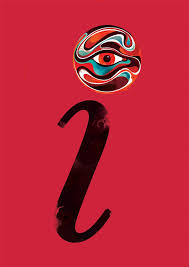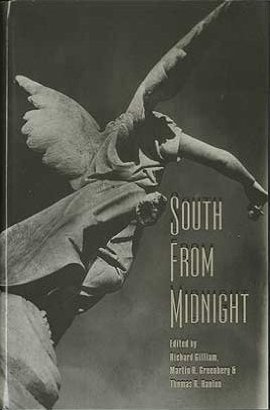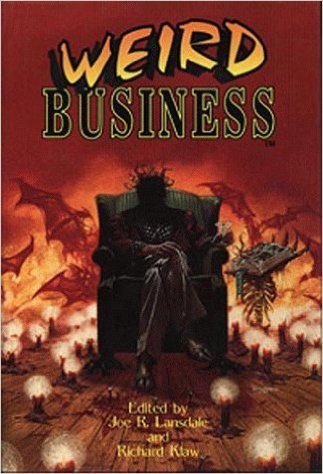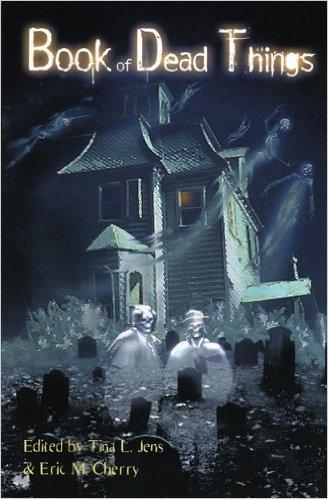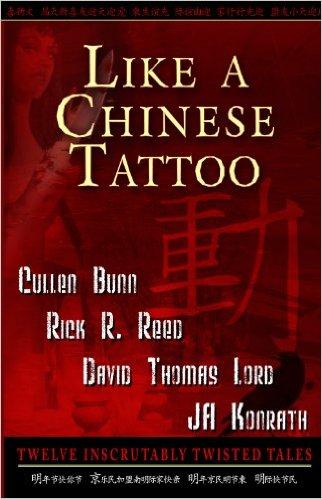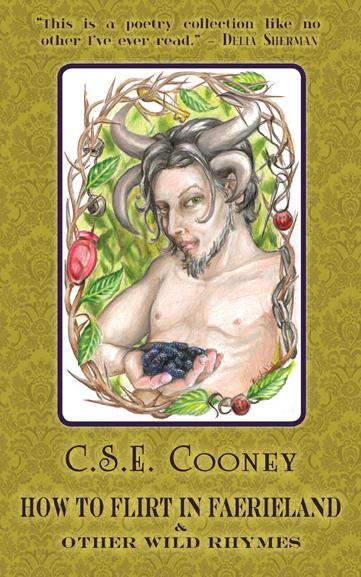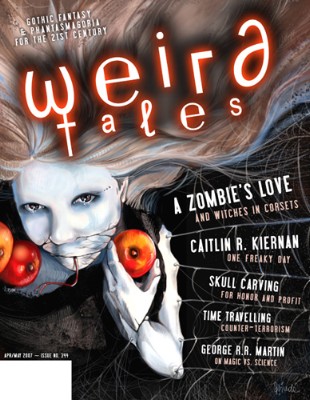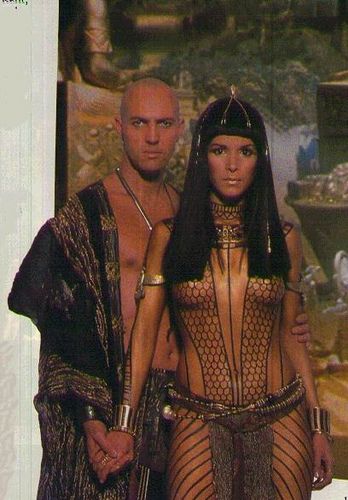Things Your Writing Teacher Never Told You: 1st Person and Tight Limited 3rd – A Closely Related Duo
This is Part 4 in the Choosing Your Narrative POV Series.
We’re continuing our examination of eight POV approaches commonly used in Fantasy. This week you’ll find our second and third POV forms – First Person and Tight Limited 3rd – are so similar they’re virtually identical twins. Think of the I vs. He or She pronouns as names: the equivalent to dubbing twins Mary and Carrie.
- 1st Person
This uses the I/Me/My pronouns. This can be a very powerful and intimate point of view.
But it can come across as self-indulgent and can slow the pacing of the story. It is more difficult than it first looks to do it successfully, though it’s not nearly as difficult as 2nd Person.
The biggest drawback, and biggest challenge, of this POV is that nothing can be included in the story that is not directly witnessed by the protagonist. This choice can wind up painting the author into a corner, particularly toward the end of the story when the author decides they need to reveal a detail – a bit of action or line of dialogue – that the protagonist can’t possibly witness.
Too often writers give into the temptation to slip out of this POV for just a paragraph or two and simply hope neither the editor nor the reader notices the slip. Though I have seen some stories actually get published with this error, do not give in to this temptation! This is a sloppy shortcut. It often leaves readers feeling vaguely dissatisfied, even when they can’t quite figure out why. A good session of brainstorming will uncover a more satisfying and elegant solution to the problem. The power that better ending brings to the end of the story is worth the extra work.
First Person POV needs a quirky character with a distinctive voice to be effective. It is a popular choice for humorous mystery or supernatural adventure series.
There are some novel publishing houses and some short story editors who will not accept manuscripts told in 1st Person, because, without judicial editing and creative recasting of sentences, the story can sink under a flood of I, I, I’s.
Done well, 1st Person POV is one of the most powerful, visceral, and intimate narrative options an author can choose.
Look at the raw vulnerability in the following three excerpts. Recasting those sentences in 3rd Person, in an omniscient narrator’s voice, would take away much of the emotional punch of these sentences and their stories.
“King of the Cows” by Scott Cupp, was originally published in the anthology South From Midnight – the 1994 World Fantasy anthology (which, while long out of print, currently has multiple copies for sale for the price of shipping on Amazon), and was later reprinted in Weird Business (Mojo Press), an anthology done in graphic novel style.
The story has a deceptively simple opening sentence.
I am a lonely butcher working in Corpus Christi, Texas.
One does not expect this sort of emotional honesty from this character type. Having a burly Texas man, who is often up to his elbows in the blood and viscera of longhorns, admit to loneliness – in the very first sentence of the story – gives it far more power, and tells us far more about the character, than having an omniscient narrator state the fact.
“Perfect Rings of Calamari” by Dan Waters, from the anthology Book of Dead Things: Expanded Edition (Twilight Tales) similarly has a lonely male protagonist:
I still like calamari at the Sea View and I still like to play Diver Down on their CD jukebox, and when “Little Guitars” comes on I might even look at the doorway to see if she might be coming back.
You can feel the sadness and melancholy of the man doing this reminiscing. An omniscient 3rd narrator would distance the reader from the character’s heartache.
Then consider “Da’s Boy” by David Thomas Lord from the multi-author collection Like A Chinese Tattoo (Dark Arts):
“I’m just here, Da,” I said to the sullen grey man on the sullen grey morning.
“Just where, Johnny, me boy? I can’t see a ferkin’ thing in this ferkin’ mist.”
You can’t see a ferkin’ thing period, old man.
“Just here, Da. Beside the old tree stump.”
“Why ya runt ya! No wonder I couldn’t find ya! Yer as short an’ wide as the stump itself!”
I bristled at the gibe, but held me tongue as me Ma insisted. We had no place to go.
All the descriptions, backstory, setting, and events are seen through the eyes of the boy and given in his voice. Since the story takes place exclusively in his head and voice, thoughts and interior monologue are not set off in italics or quotation marks – as they often are in a story told in 3rd Person. Here, that would be redundant.
The story “The Love Song of C. Suzanne Cooney to Beowulf: On Whom I Have a Spectacular Crush,” by C.S.E. Cooney, is included in her collection of mythic and adventure poems How to Flirt in Faerieland & Other Wild Rhymes (Papaveria Press). The piece is also available to read online at Goblin Fruit.
Beowulf was waiting (I will not say, “tamely”)
With polite quiescence on my bookshelf
I didn’t trust him
I thought him a Norse man’s Hercules
Another Conan, a drunken killer“Surely,” I thought, “surely
Beowulf’s been had
By everyone who would have him
My guilty interest will not add
To his glory…
Her epic adventure poem is told in 1st Person; but it is a more complex example than the ones above. At first blush, it looks like a Dr. Watson Setup: a sidekick narrating the events of a great warrior and hero. If you look at the tale simply from the outline of plot, that appears to be true.
But when you look closer, you realize that the Plot (What Happens – the Action) and Story (What it’s About – the Character Arc) are distinctly different. It’s a Casablanca Structure: There’s a dramatic action adventure plot going on, but it’s really just backdrop for the smaller intimate story about the characters. Casablanca has wonderful twists and turns and huge personal stakes in the World War II setting, but the story is about the love between Ilsa and Rick, and what they’re willing to sacrifice for the other.
In Cooney’s love poem to Beowulf, the female narrator is the real protagonist. Beowulf’s battles with Grendel et al, are backdrop. The genre is Romance, not Adventure. And the conflict is whether she can find true love with Beowulf. So it, too, is a subtle and elegant example of a traditional 1st person narration by the protagonist.
- Tight Limited 3rd
We’re now getting into the variations of 3rd Person. They don’t have industry-wide agreed upon names, so in most cases, I’ve come up with my own.
Each word in that name has meaning. It may help to look at the phrase backwards: third person pronouns; limited to a single character’s point of view; with the narrative tied tightly to the voice and thoughts of the POV character.
This is the equivalent of 1st Person, but does not use the I/Me/My pronouns. The story is told using He/She/They (in this case, They is used as a gender-neutral singular pronoun), but has the same viewpoint restrictions and limitations as 1st Person.
This is a very elegant point of view. As both an author and an editor, it’s my favorite.
It has the intimacy and immediacy of 1st Person, without the indulgences that can come with “I, I, I….” The intimacy is created by the fact that the story never strays out of the POV character’s head. The description, narration, and vocabulary all strictly conform with the POV character’s thoughts and emotions. Everything is viewed through the lens of the character’s personality and personal interests. It really is exactly like 1st Person, except for the pronouns.
It is that intimacy that distinguishes it from Simple Limited 3rd or from the various Omniscient Thirds discussed later in this series of essays.
A couple of excellent examples of Tight Limited 3rd include scent numbers II, III, and IV in Lisa Mantchev’s “Six Scents” (Weird Tales #344). Here’s an excerpt from scent #II: Wicked:
Vengeance is on the menu tonight. She’s been slighted. She’s been cheated. She’s been tricked by simpering females singing over wells and princes with plastic swords.
But no more.
The crown will be hers. The fortune will be hers. The prince will grovel at her feet this time around. And woes befall the courtier that doesn’t fork over the glass slipper.
This time, the happily-ever-after will be hers.
The pronoun may be “she,” but the narrative is clearly in the character’s voice. You can practically hear her chanting these words as she sits before the mirror brushing her hair.
Tight Limited 3rd poses some plot limitation problems. Everything must be seen or experienced by your POV character. This is a significant problem if you have a complex plot with action taking place in more than one setting at the same time. Your main character can’t be everywhere at the same time. Or on different continents within a few hours. Or even above ground and in the underworld within the same 6 months, if you’re Persephone.
One acceptable way around that sort of plot limitation is to write a prologue or epilogue in a different viewpoint: in other words, utilize mixed viewpoints for the piece. (Magical devices such as mirrors, scrying crystals, dreams, pyromancy, and other such otherworldly or magical communication devices can help alleviate this problem, as well. But we’re looking at POV issues, at the moment.)
Some consider the use of a prologue or epilogue as cheating, but they can solve a difficult narrative problem. Indulge in this workaround only if the different view point brings something extra to the piece. Don’t do it just to be lazy and get yourself out of a metaphorical corner.
Often this separate section may start with a date that indicates a significant length of time has passed from the main story.
In the case of Egyptian mummy stories (both in book and film), the time difference is usually several thousand years. They often have a short prologue set in ancient Egypt, where we see a priest betray his pharaoh and the law, all for the love of a forbidden woman. The woman is put to death, then the priest uses forbidden magic to try to bring her back to life. The pharaoh’s guards usually stop him at the last minute, and he’s killed and turned into a mummy, complete with an evil curse, as punishment for his betrayal and sacrilege. End prologue. Then the story flashes ahead to a more-modern-day protagonist, often an archaeologist in the 1920’s or 1930’s (circa the real-life Howard Carter), takes over. In fiction, the rest of the story is often told in Tight Limited 3rd. In action-adventure films it may be told in Serial 3rd or Omniscient 3rd.
Hundreds of mysteries start with the murder scene revealed by an omniscient narrator who very carefully conceals all details of the identity of the murderer, and often, the identity of the murder victim, as well. Then, the story switches over to 1st Person or Tight Limited 3rd from the sleuth’s point of view for the rest of the mystery.
Bigger novels may alternate chapters between the sleuth and the criminal, sometimes using 1st Person or Tight Limited 3rd for the protagonist, but one of the Omniscient 3rds for the criminal. (More on the variations of Omniscient 3rds in upcoming blog installments.) This point of view jumping is seldom needed in shorter works, and is often frowned upon by short story editors for genre publications.
This is Part 4 in the Choosing Your Narrative POV Series. The previous chapters are:
Part 1: A Few Questions to Get You Started
Part 2: Who is Your Point of View Character?
Part 3: A Closer Look at Some POV Styles Commonly Used in Fantasy (Starting with Some Intriguing Uses of 2nd Person)
Part 4: 1st Person and Tight Limited 3rd – A Closely Related Duo
Part 5: The Younger Sibling of 1st & Tight Limited 3rd: Simple Limited 3rd & The Case for Choosing A Single-Character POV
Next Up: The Younger Sibling of 1st & Tight Limited 3rd – Simple Limited 3rd & The Case for Choosing A Single-Character POV
Tina L. Jens has been teaching varying combinations of Exploring Fantasy Genre Writing, Fantasy Writing Workshop, and Advanced Fantasy Writing Workshop at Columbia College-Chicago since 2007. The first of her 75 or so published fantasy and horror short stories was released in 1994. She has had dozens of newspaper articles published, a few poems, a comic, and had a short comedic play produced in Alabama and another chosen for a table reading by Dandelion Theatre in Chicago. Her novel, The Blues Ain’t Nothin’: Tales of the Lonesome Blues Pub, won Best Novel from the National Federation of Press Women, and was a final nominee for Best First Novel for the Bram Stoker and International Horror Guild awards.
She was the senior producer of a weekly fiction reading series, Twilight Tales, for 15 years, and was the editor/publisher of the Twilight Tales small press, overseeing 26 anthologies and collections. She co-chaired a World Fantasy Convention, a World Horror Convention, and served for two years as the Chairman of the Board for the Horror Writers Assoc. Along with teaching, writing, and blogging, she also supervises a revolving crew of interns who help her run the monthly, multi-genre, reading series Gumbo Fiction Salon in Chicago. You can find more of her musings on writing, social justice, politics, and feminism on Facebook @ Tina Jens. Be sure to drop her a PM and tell her you saw her Black Gate blog.

